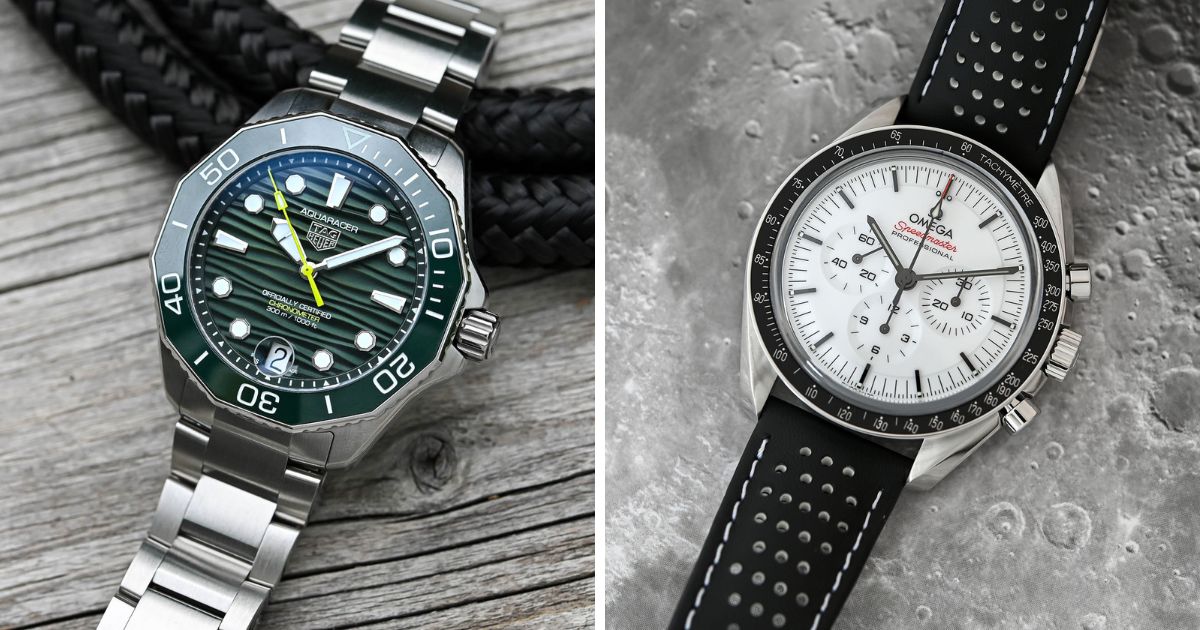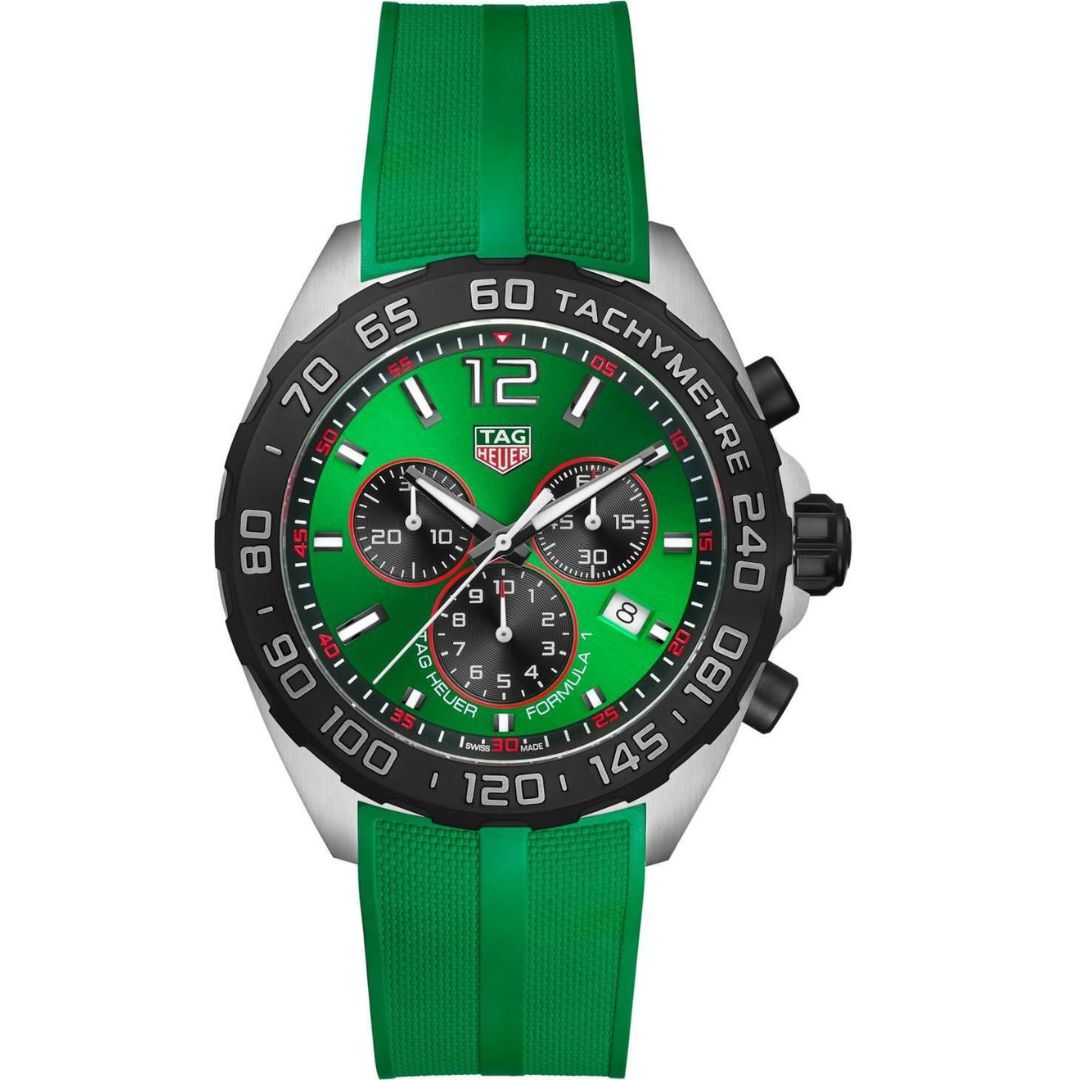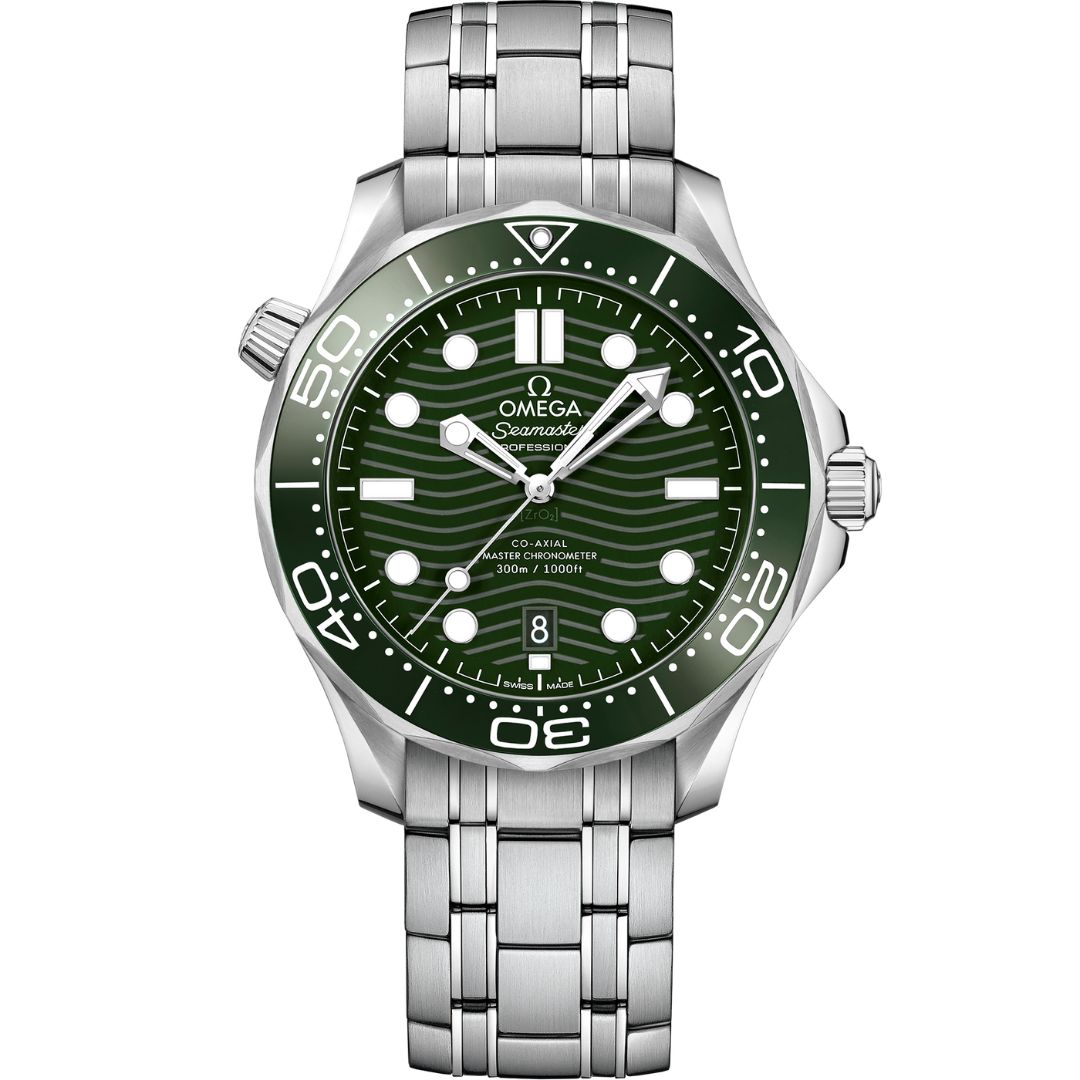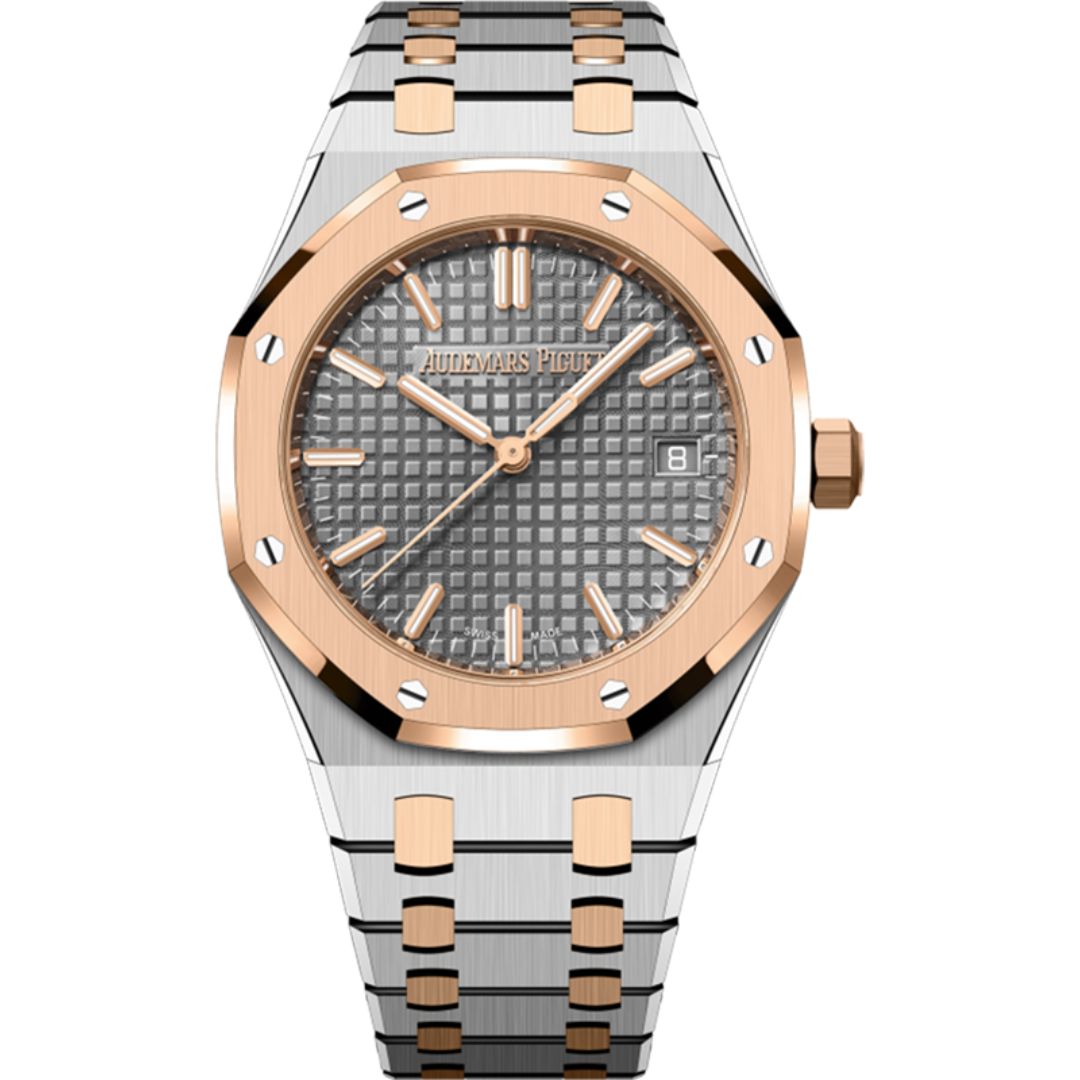When it comes to luxury Swiss watches, few names spark as much debate and admiration as TAG Heuer and Omega. Both brands boast rich histories, iconic designs, and a loyal global following. But how do they stack up against each other? Let’s break down the differences—and similarities—between these two horological heavyweights.
Heritage and History
TAG Heuer was founded in 1860 by Edouard Heuer. The brand quickly gained fame for its chronographs and timing instruments, becoming a staple in motorsport and precision timing. Its innovative spirit is reflected in milestones like the Mikrograph and partnerships with Formula 1.
Omega, established in 1848 by Louis Brandt, also carries a storied past. The brand gained widespread acclaim as the official timekeeper of the Olympic Games and for being the first watch on the Moon with the Speedmaster. Omega has a reputation for combining precision with elegance and is widely respected in both professional and lifestyle circles.
Design and Aesthetic
TAG Heuer tends to lean into sporty, modern, and edgy designs. Collections like the Carrera and Monaco are bold, masculine, and often tied to automotive or racing culture.
Omega strikes a balance between classic and contemporary. The Seamaster and Speedmaster are arguably more versatile in design—equally at home under a wetsuit or a suit sleeve. Omega’s styling typically appeals to those seeking a timeless yet functional luxury watch
Movement and Innovation
Omega arguably takes the lead in movement innovation. With its Co-Axial escapement, Master Chronometer certification, and anti-magnetic technology, Omega is known for pushing technical boundaries in reliability and precision.
TAG Heuer offers a mix of in-house and outsourced movements. In recent years, it has made strides with its in-house Heuer 02 movement and avant-garde releases like the Monaco V4 and the TAG Heuer Connected series.
Brand Prestige and Recognition
Omega enjoys higher prestige globally, thanks in part to its role in space exploration, Olympic partnerships, and long-standing association with James Bond films. It is often considered a tier above TAG Heuer in terms of luxury perception.
TAG Heuer, while slightly more accessible, enjoys immense brand recognition, especially among younger consumers and motorsport enthusiasts. It’s known for offering entry-level luxury with a strong brand story.
Pricing and Value
TAG Heuer watches generally fall in the more affordable luxury bracket, making them a popular choice for first-time luxury buyers. Omega, on the other hand, commands higher prices but often holds its value better over time due to its prestige and movement quality.
Conclusion: Which Should You Choose?
Choosing between TAG Heuer and Omega comes down to personal preference and purpose:
- Choose TAG Heuer if you love bold design, motorsport heritage, and are seeking a stylish and reliable entry into Swiss luxury.
- Choose Omega if you want timeless prestige, cutting-edge movement technology, and a watch with a deep-rooted legacy in science, sport, and exploration.
In the end, both brands deliver exceptional craftsmanship and lasting value—whichever you choose, you’re getting a piece of horological excellence.




